When there is a need for new employees, the company inevitably faces a choice to pick the right strategy for recruitment:
- hire a recruiter onsite if there isn’t one, or if the existing one can’t cope with the volumes;
- contact a recruiting agency or a freelancer;
- a hiring manager looks for people himself, which in itself is not an option since it takes a lot of time.
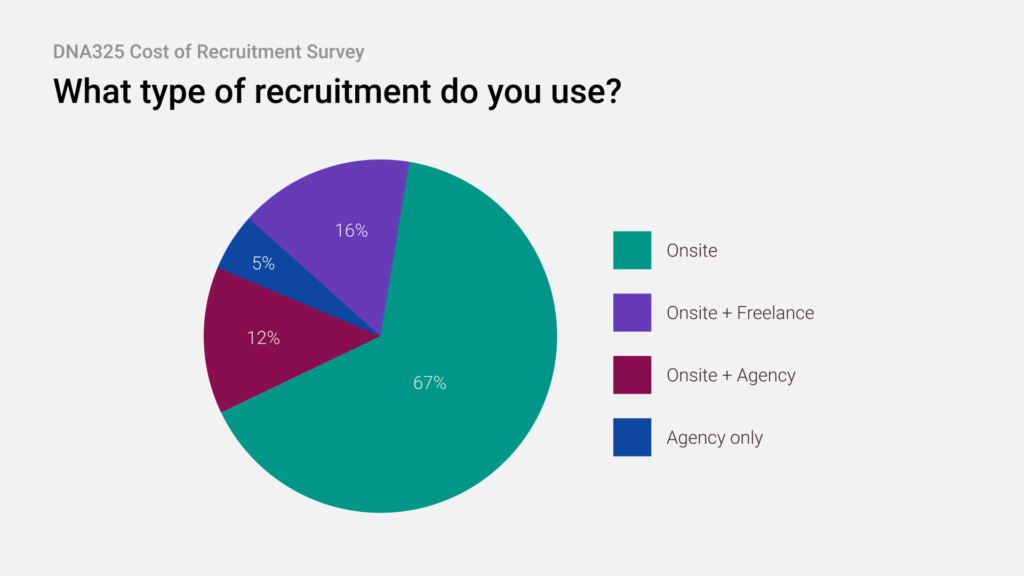
Most companies underrate the cost of recruitment by 90-95% not least when they are looking to cut costs, this often leads to horrific decisions that not only fail to reduce costs but might drive them up. So what are these costs, and more importantly, what can you do about them? But, firstly, what is the cost of a bad hire?
In a Harris Interactive poll, 41% of respondents said that the cost of a bad hire was greater than $25000, and 25% of respondents said that the cost was greater than $50000.
It is worth noting that the hiring costs associated with recruiting a productive employee are much less than the cost and overall impact of bad hiring. If a new employee is not suitable and leaves after a short period, then the company may have several additional costs, including the costs of selecting and training a replacement, as well as the loss of time.
What makes up hiring costs?
- Recruiter salary and benefits
- Advertising agency fees
- Signing bonuses
- Travel expenses for applicants and staff
- Employee referral bonuses
- Third-party recruiter fees
- Employee relocation costs (for certain high-level jobs)
For external recruitment

For onsite recruitment
Sums most people say when they are discussing hiring costs is the external expenditure on recruitment. In companies that rely on recruitment agencies, this is typically 15-30% of salary. Among other costs advertising, subscription to database aggregators and job boards, and the fee of in-house recruiters. Many organizations attempt to minimize their recruiting costs by having recruitment in-house and cutting out the agencies.
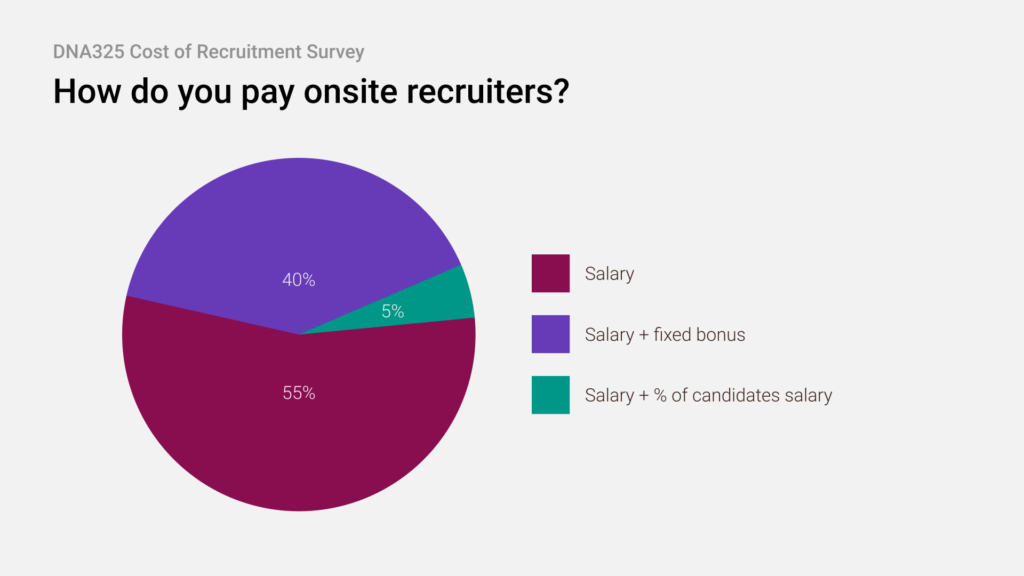
As a consequence they often deliver 8-15% costs in comparison to salaries, this is often less of a saving than they hoped for, but still. Nevertheless, it should be noted that over 70% of in-house solutions fall short to source all, or even 90% of their openings themselves and hence require agencies’ help, increasing that normal price to 12-20%.
Cost of IT recruitment: job board fees
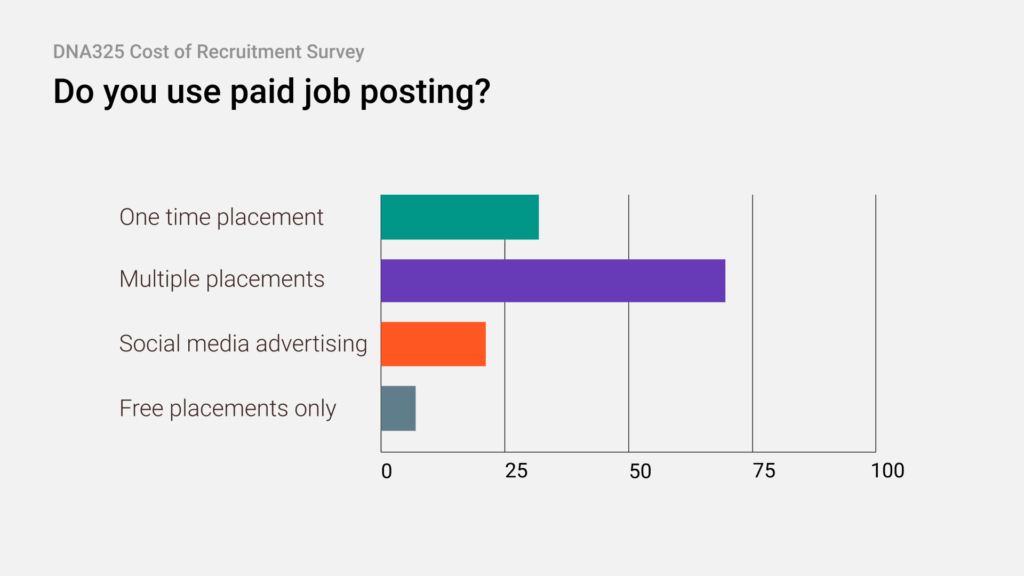
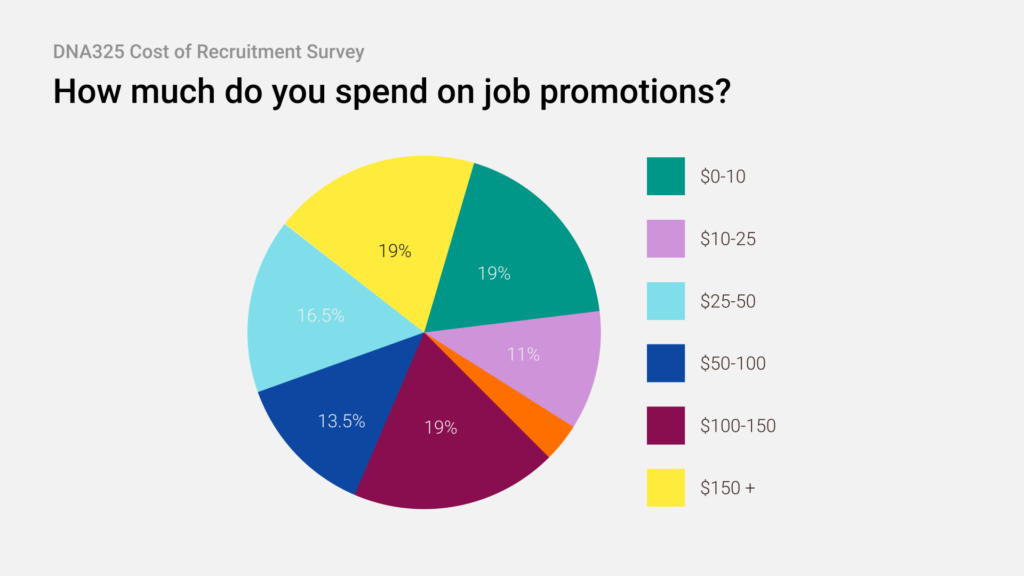
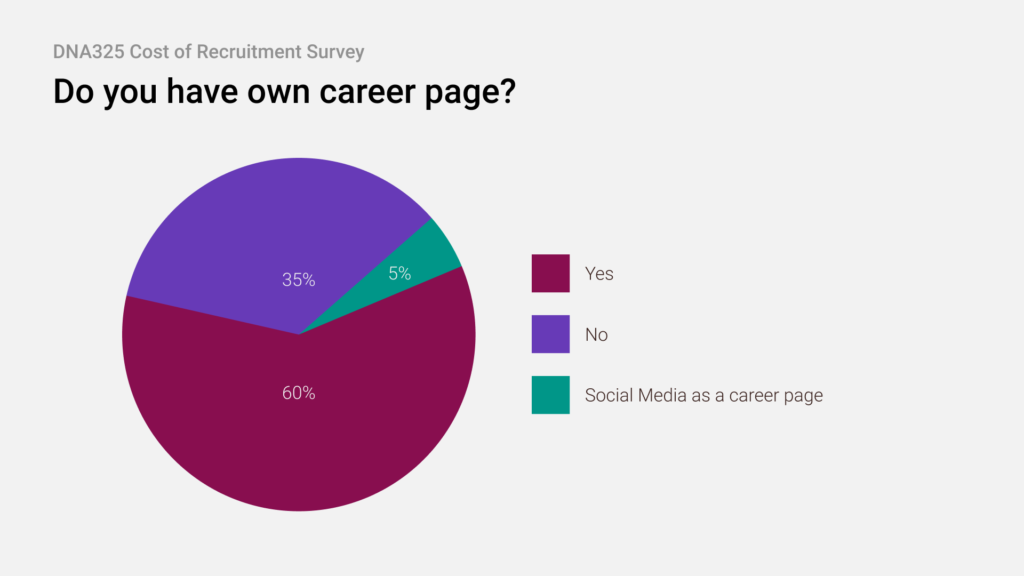
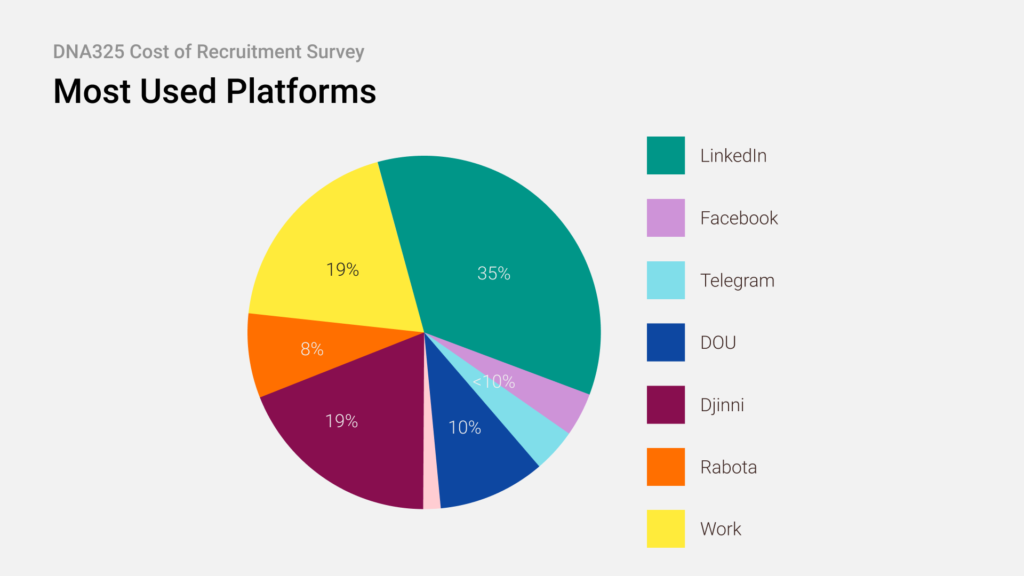
Agencies use two schemes
- They take a fixed percentage (from 12 to 18%) of the annual salary;
- They have a fixed price for a certain position
We use the second approach and believe it to be more client-oriented. When we don’t have any personal interest in candidates’ salary, we can do recruiting more transparently. Check out our pricing here.
When to hire an agency?
When a company lacks recognition in the IT job market, lower recruiting costs usually translate into more time to attract the best talent, both in the early stages of the search and in the long term. Add in the blunders of low-skilled recruiters, and you will need to allocate additional budget to form an employer branding strategy from scratch.
For Middle+ positions, recruiting agencies like DNA325 have a bigger candidate pipeline. This speeds up the hiring process: professional candidates can conduct more interviews and single out people more suitable for job descriptions the company provides. When a company has reactive scaling, and onsite recruiters can’t keep up the pace and you need to find a lot of skilled specialists quickly, it is better to have a pool of right candidates, who can be interviewed fast.



